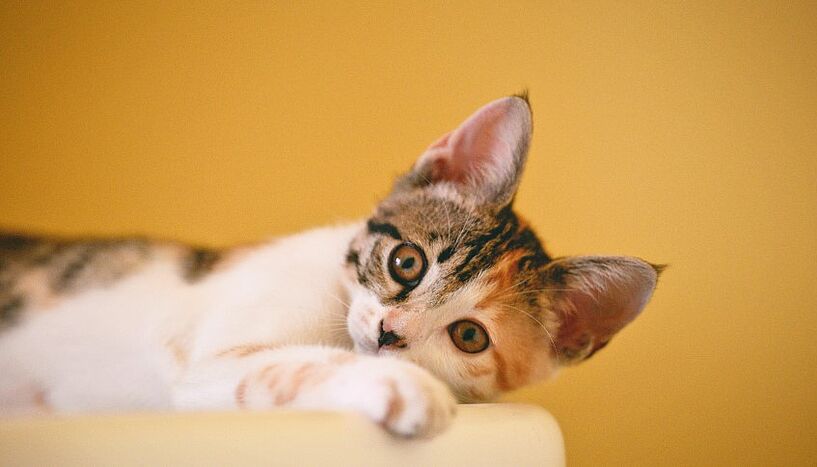Cats purr differently than previously thought
04. October 2023
C: Pexels / Cong H
The cat larynx can produce purring sounds without cyclical neural input
A recent investigation led by voice scientist Christian T. Herbst from the University of Vienna, published in Current Biology, delivers novel insights into how cats produce their purring sounds. A special 'pad' embedded in the vocal folds might explain why the cats can produce these low-frequency sounds.
Cats are vocal creatures: they meow, screech, and purr. From a voice production point of view, the meows and the screeches are not special. Their sound is generated in the cat's larynx or "voice box" just like vocalization in humans and many other mammals. In contrast, cat purrs were long believed to be exceptional. Research dating back half a century suggests that the purrs are produced by a special mechanism – through cyclical contraction and relaxation of the muscles in the vocal folds within the larynx, requiring constant neural input and control from the brain.
A recent study, led by Austrian voice scientist Christian T. Herbst at the University of Vienna, now demonstrates that these cyclic muscle contractions are not needed to generate cat purrs. Data from a controlled laboratory experiment shows that the domestic cat larynx can produce impressively low-pitched sounds at purring frequencies without any cyclical neural input or repetitive muscle contractions being needed. The observed sound production mechanism is strikingly similar to human "creaky voice" or "vocal fry".
"Anatomical investigations revealed a unique 'pad' within the cats’ vocal folds that may explain how such a small animal, weighing only a few kilograms, can regularly produce sounds at those incredibly low frequencies (20-30 Hz, or cycles per second) – far below even than lowest bass sounds produced by human voices", says Herbst. The study’s findings – while not constituting an outright falsification of the previous theory – are a clear indicator that the current understanding of cat purring is incomplete, and warrants further research.
Original publication:
Christian T. Herbst et al: Domestic cat larynges can produce purring frequencies without neural input. 2023. In: Current Biology
DOI: 10.1016/j.cub.2023.09.014
Contributors include researchers from the Department of Behavioral and Cognitive Biology, University of Vienna, Austria; the Institute of Morphology, University of Veterinary Medicine Vienna, Austria; Palacký University Olomouc, Czech Republic; and the Research Institute of Organic Agriculture FiBL, Switzerland.
Scientific contact
Dr. Christian Herbst
Department für Verhaltens- und KognitionsbiologieUniversität Wien
1030 - Wien, Djerassiplatz 1 (UBB)
+43-1-4277-76101
christian.herbst@univie.ac.at
Further inquiry
Theresa Bittermann
Media Relations, Universität Wien1010 - Wien, Universitätsring 1
+43-1-4277-17541
theresa.bittermann@univie.ac.at
